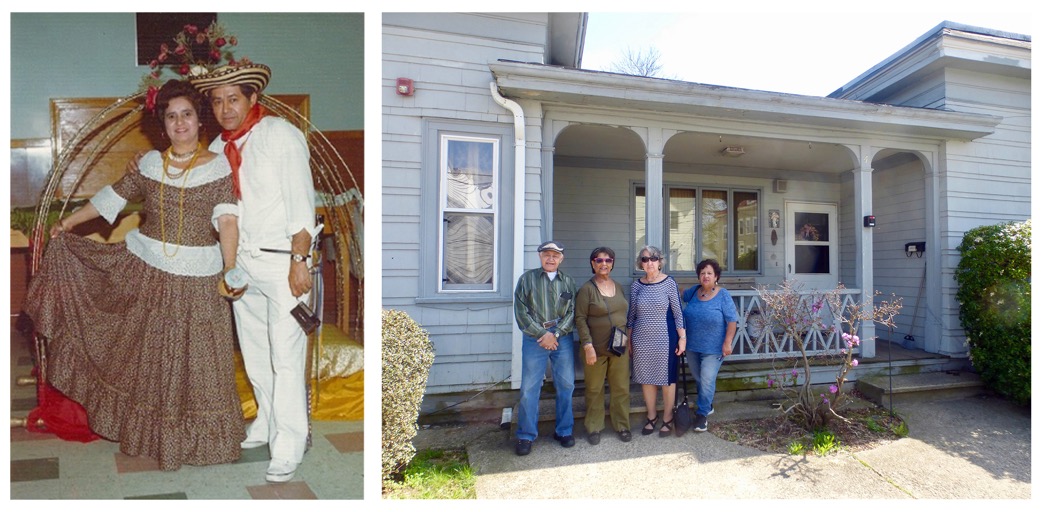Broad Street | Cumberland to Central Falls
December25 ,2019
The northern span of Broad Street borders Cumberland and Central Falls. The Blackstone River rages in the background of the above photo.
We must not confuse this “Broad Street” with the one that runs through Pawtuxet Village and South Providence. But its significance to the many Latino immigrants that have made Rhode Island their home, the Colombians in the case of Northern Rhode Island, mirrors that of its Southern counterpart: signs in Spanish can be seen far and wide and the sounds of Latin music and Spanish being spoken are a daily occurrence.
A private residence in the City of Cumberland, not more than twenty-five feet from the Broad Street bridge pictured above that borders Central Falls, is where you can find a local site that is of historic significance to the Colombian Community. This is where the Colombo-American Cultural Society was founded in 1968; where Miss Colombia was elected every year thereafter until the 1980s; and where Colombian immigrants easily walked from their homes in Central Falls to work in the mills, located directly to the right of this site.
Here is where Latinos tried to find ways to cross-pollinate cultural borders, and sought ways to reconnect with the customs and places they missed back home. This location, referred to many as "Casa Grande," became a meeting place and cultural center for the Colombian community, as well as Cubans and Puerto Ricans, who were living in the area.
 Above Left:
Above Left: Bernardo Chamorro and his wife were among a group of families who founded the Colombo-American Cultural Society in 1968 (Photo courtesy of Bernardo Chamorro) | Above right: Chamorro (far left) and other Colombian elders on April 28, 2018 pose in front of “Casa Grande” on Broad Street, Cumberland, RI. It was in this site where members of the Colombian community met weekly and where they found ways to hold on to their culture after leaving their homes and crossing the U.S. border to Rhode Island to fill jobs that Americans did not want.

The greatest cultural border line on Broad Street was erased on December 11, 2012 when 27-year-old James A. Diossa, a young Latino City Councilman, cruised to a decisive win in a special mayoral race to replace former Mayor Charles D. Moreau, who had resigned the previous year after pleading guilty to a federal corruption charge. Diossa, who graduated from Central Falls High School less than 10 years previously, became the first Latino chief executive in the state’s smallest city. (Providence Mayor Angel Taveras, of Dominican heritage, first erased borders in 2011 when he was elected as the first Latino mayor in the state.)
Borders of all kinds are made by humans, given power and meaning that far exceeds their tangibility or purpose. I’m left wondering how long will these cultural border lines remain faded or in the background before they are re-drawn? Am I being skeptical, or is this a reality?



